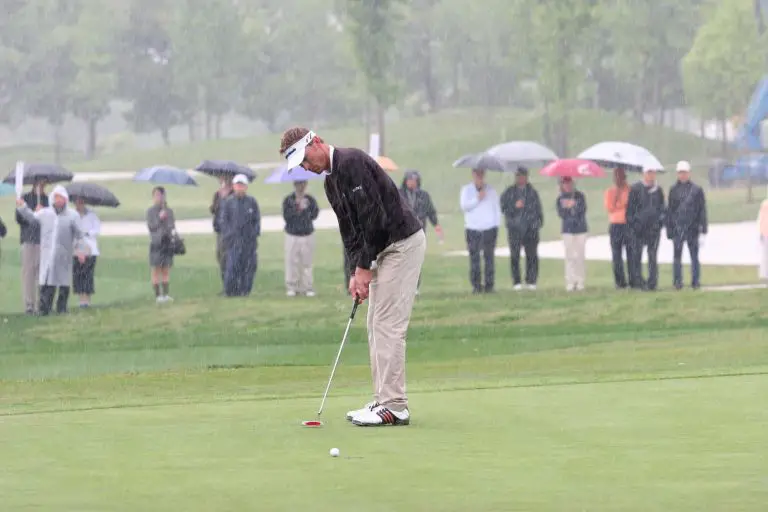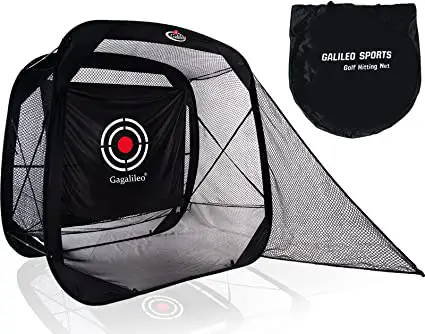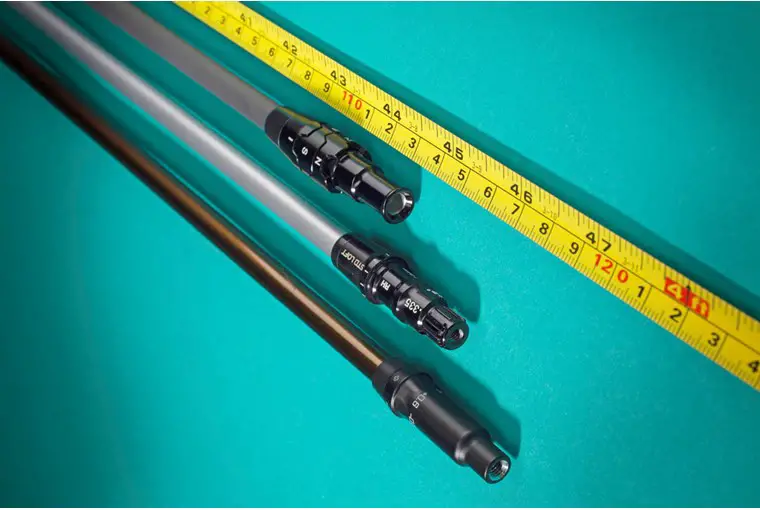Average Length Of A Golf Course
Golf is a game enjoyed by millions of people around the world. One of the most important aspects of a golf course is its length, which can have a significant impact on the game. Understanding the average length of a golf course can help golfers select the right courses to play and better plan their games. In this article, we will explore the factors that affect the length of a golf course and provide an overview of the average lengths of golf courses for men, women, and professional golfers.
Golf courses can vary greatly in length, with some courses being relatively short and others measuring several miles in total length. Several factors, including location and terrain, par of the course, number of holes, course design, and playing conditions, can influence the overall length of a course. The location and terrain of a course can impact its length, as can the number of holes and the course’s design. Additionally, playing conditions, such as wind and weather, can impact how long a course plays.
Understanding the average length of a golf course is crucial for selecting the right courses to play based on skill level, equipment used, and playing conditions. By considering these factors and understanding the average lengths of courses for men, women, and professional golfers, golfers can improve their game and enjoy the sport to the fullest.

Factors Affecting Golf Course Length
Several factors influence the length of a golf course, including location and terrain, par of the course, number of holes, course design, and playing conditions.
Location and Terrain
The location and terrain of a golf course play a significant role in determining its length. Courses built on flat terrain tend to be shorter than those constructed on hills or mountains. Courses located in areas with high elevation also tend to be longer due to the thinner air, which allows golfers to hit the ball farther.
Par of the Course
The par of a golf course, which is the number of strokes a skilled golfer is expected to take to complete the course, also influences its length. A par-3 course, for example, will be much shorter than a par-5 course.
Number of Holes
The number of holes on a golf course can vary, with most courses featuring either 9 or 18 holes. Courses with more holes tend to be longer than those with fewer holes.
Course Design
The design of a golf course can also impact its length. Courses with more doglegs or turns tend to be shorter than courses with straight fairways. Additionally, courses with larger greens or more challenging bunkers can make up for shorter overall lengths.
Playing Conditions
The playing conditions on a course can also influence its length. Courses that are dry and firm will allow golfers to hit the ball farther than courses that are wet or soft. Windy conditions can also make a course play longer, as golfers will need to adjust their shots to compensate for the wind.
Average Length of a Golf Course
The average length of a golf course can vary based on several factors, including the intended audience and the level of play. Here is an overview of the average lengths of golf courses for men, women, and professional golfers.
Men’s Average Golf Course Length
The average length of a golf course for men varies depending on the level of play. For amateur golfers, the average length of a course is around 6,500 yards. For more skilled golfers, the average length increases to around 7,000 yards.
Women’s Average Golf Course Length
The average length of a golf course for women is typically shorter than for men. For amateur golfers, the average length is around 5,500 yards, while skilled golfers may play courses up to 6,300 yards long.
Professional Golf Course Length
Professional golfers play courses that are longer than those played by amateurs. On average, professional courses measure around 7,200 yards in length, with some measuring up to 7,800 yards.
How to Choose the Right Golf Course Length
Choosing the right golf course length is crucial for enjoying the game and improving your score. Here are some factors to consider when selecting a course:
Skill Level
Your skill level is one of the most important factors to consider when selecting a golf course. If you’re a beginner, it’s best to start with shorter courses and work your way up to longer ones as your skills improve.
Age and Physical Ability
Age and physical ability can also impact your choice of golf course length. If you’re older or have physical limitations, shorter courses may be more enjoyable and less strenuous.
Equipment Used
The equipment you use can also play a role in choosing the right golf course length. If you’re using older or less advanced equipment, it may be more difficult to hit the ball as far as you would with newer and more advanced equipment. This can make longer courses more challenging and frustrating to play.
Playing Conditions
The playing conditions can also affect your choice of golf course length. If you’re playing in windy or rainy conditions, it may be best to choose a shorter course to avoid additional challenges.
Equipment Used to Play Longer Courses
Playing on a longer golf course requires more specialized equipment than shorter courses. Here are some examples of equipment that can help golfers play longer courses:
Golf Clubs
Golf clubs are the most essential pieces of equipment for playing golf. For longer courses, it’s important to have a set of clubs that can help you hit the ball farther and with more accuracy. Drivers with larger heads and longer shafts can help increase distance, while fairway woods and hybrids can help with approach shots.
Golf Balls
Choosing the right golf ball is also important for playing longer courses. Golf balls with a lower compression rating can help golfers achieve more distance, while balls with higher compression ratings are better suited for control and accuracy.
Golf Training Aids
Golf training aids, such as swing trainers and alignment sticks, can also help golfers play longer courses. These tools can help golfers improve their swings and achieve more distance and accuracy on the course.
Conclusion
In conclusion, the average length of a golf course can vary based on several factors, including location and terrain, par of the course, number of holes, course design, and playing conditions. Understanding these factors can help golfers choose the right courses to play and improve their performance on the course.
The average length of a golf course for men, women, and professional golfers can also vary, with professional courses being the longest. When choosing a golf course, it’s important to consider your skill level, age and physical ability, equipment used, and playing conditions.
By considering these factors and utilizing the right equipment, golfers can play longer courses with confidence and enjoyment.






